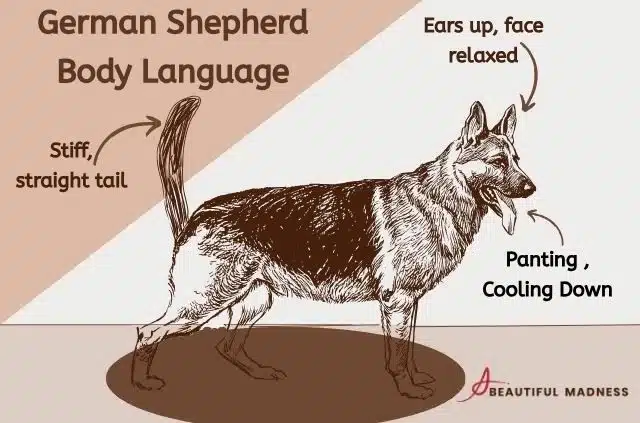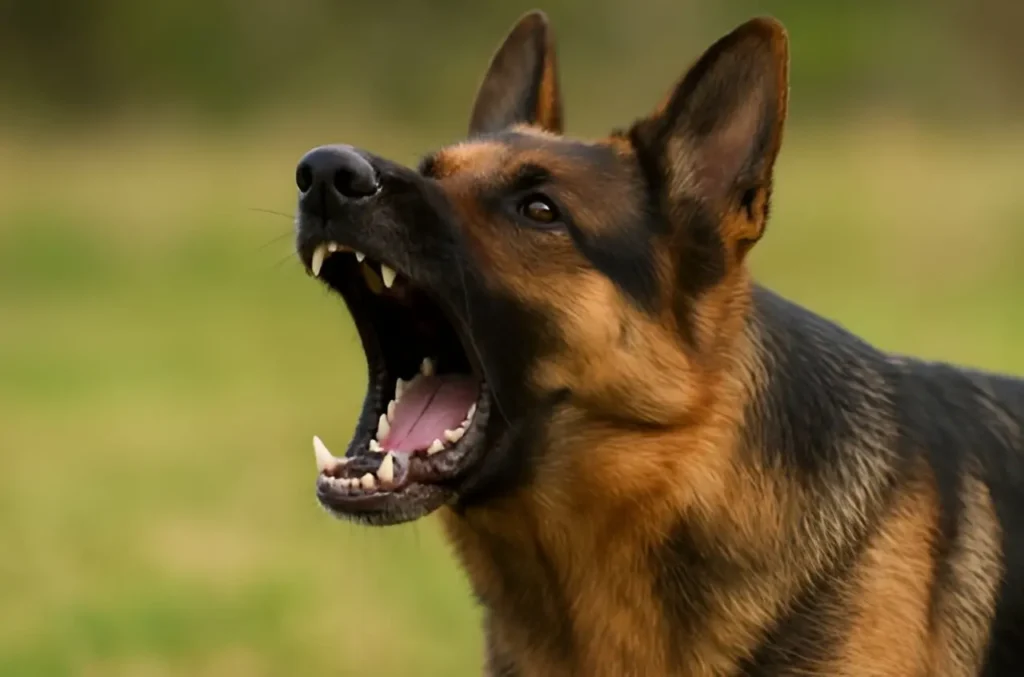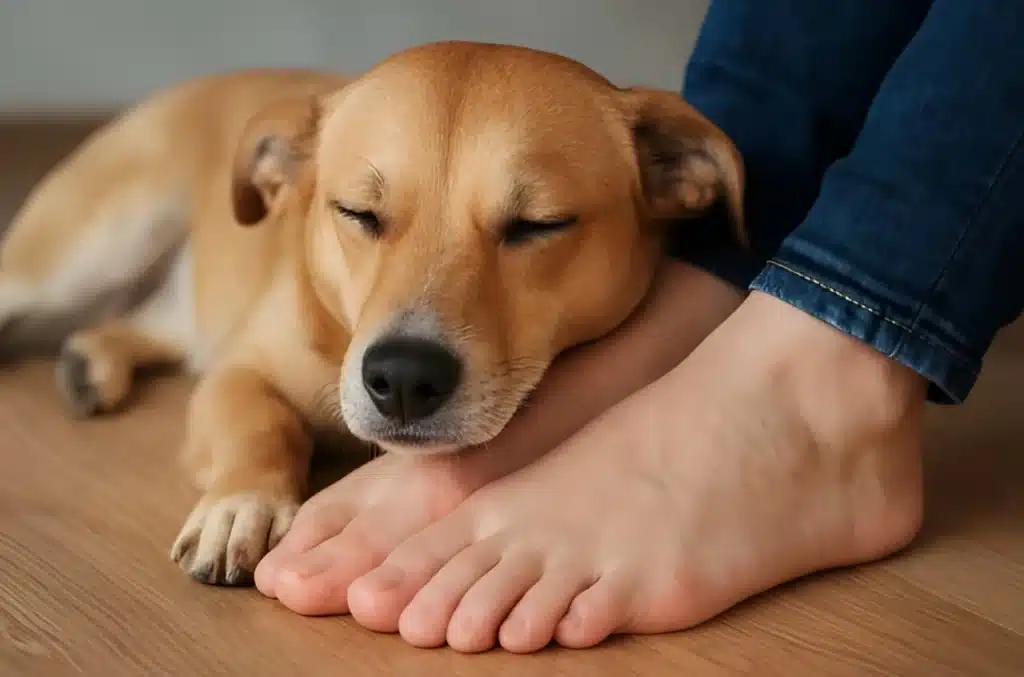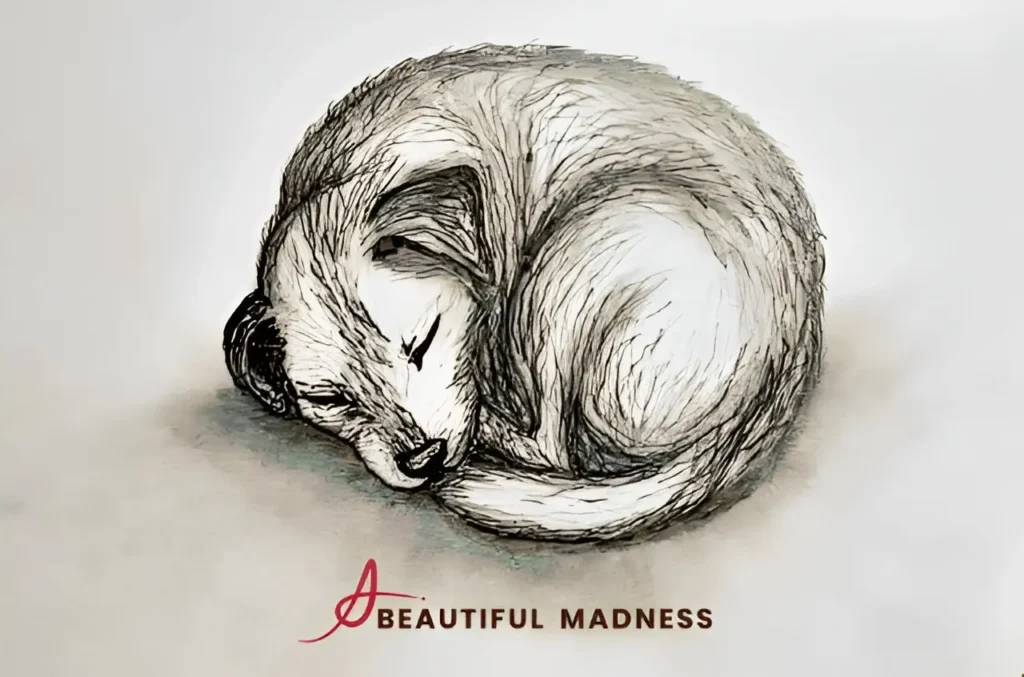German Shepherds, super smart and loyal, talk without words. New or long-time owners get this: knowing German Shepard body language builds a tight bond. It helps you guess what they need and stop problems before they start. This guide, packed with visuals, is your go-to “signal dictionary” to save. It breaks down the quiet ways your dog shows joy, stress, or more. Owning a pet like a German Shepherd means committing to understanding this silent communication to build a stronger bond.
Ready to learn their secret language? Let’s jump in!
Why Body Language Matters for German Shepherds
Dogs like German Shepherds don’t chat like us. They use their body to show feelings and wants. Sure, barks and whines happen, but barking’s not their only talk. Ears, tails, and eyes create a whole language. Mess up reading these, and you might confuse your pup or make things tense. Learn their signals, and you’ll boost trust, make training easier, and keep things chill with your furry pal. Here are 15 signals to get you speaking “Shepherd” like a pro.
Look at the Whole Dog: Ears, Tail, Eyes, and More
Your German Shepherd’s body is like a big sign telling you their mood. No one part spills the full story. Ears, tail, eyes, and posture team up to share what’s up. Like, a wagging tail with flat ears and a low body screams fear, not fun. Quick guide to their body parts:
Ears: If their ears are pointed forward, they are alert. If they are flat against their head, it often means fear or aggression.
Tail: How high their tail is and how fast it wags can tell you if they are confident, scared, or excited.
Posture: A calm and balanced stance means they are relaxed. If they are stiff or hunched over, it suggests tension.
Eyes: Soft, slightly closed eyes usually mean they’re happy. Wide-open eyes or staring can mean they are alert or stressed. You might spot them resting with eyes open, showing their watchful nature.
Paws: Even their paws can speak. A relaxed German Shepherd usually keeps its paws loose and calm, while tense or tucked paws can show stress or uncertainty.
Also Read: Frito Feet in Dogs: Normal Quirk or Health Concern
Visual Idea: Picture a slideshow of a German Shepherd—ears up, tail high for confidence, or ears back, tail low for fear. Watching these combos in real life helps you figure out your dog’s feelings.
Confident or Stressed? 5 Posture Clues
How your German Shepherd stands shows if they’re bold or nervous. Check these five postures:
- Tall and Proud: Head high, neck stiff, standing straight—your dog’s feeling bossy or in charge. A high, slow-wagging tail often goes with this, maybe sensing danger.
- Hunkered Down: Low body, hunched neck, tail tucked means they’re scared or giving in. They’re trying to look tiny to avoid trouble.
- Leaning Forward: Body tilted ahead, legs braced, shows interest or maybe aggression, especially with a hard stare or raised fur.
- For Standing Up: Hair puffed on their back or shoulders means they’re worked up. It could be excitement, stress, or focus, not always bad.
- Walking Back and Forth: Restless moving, maybe panting or drooling, says they’re stressed. Loud noises or new places might be freaking them out. Spot these, and you can comfort them or shift their attention.
Face and Ears: 4 Key Combos to Watch
Your dog’s face and ears tell you tons about their feelings. Here are four combos to know:
- Ears Up, Face Chill: Straight-up ears with a slightly open mouth and loose tongue mean they’re alert or happy. Your pup’s ready to roll.
- Ears Flat, Eyes Wide: Pinned-back ears and showing the white of their eyes (whale eye) scream fear or worry. Vet visits often bring this out. When a dog feels scared, it may hide under your bed to find a safe, small space.
- Ears Sideways, Eyes Soft: Ears angled out, eyes squinting, show they’re super relaxed, maybe ready for a snooze.
- Ears Stiff, Mouth Tight: Tense ears with a closed or snarling mouth warn of discomfort or aggression. Time to give them space. These clues help you know when to play or back off.
Tail Talk: Wags Don’t Always Mean Happy
Think a wagging tail equals a happy dog? Nope, it just means they’re feeling something big. Check the wag’s speed, height, and direction:
- Slow, Middle Wag: Gentle wag at mid-height says they’re calm, like chilling at home.
- Fast, High Wag: Quick wag with a high tail can mean excitement or play, but watch out—stiff posture might mean aggression.
- Tucked Low Tail: Tail between legs shouts fear or submission, usually with a low body or flat ears.
- Stiff, Straight Wag: Rigid tail moving slowly, held straight, hints at territorial vibes or anger, especially with a stare.
- Spinning Tail: Tail whirling like a helicopter, body wiggling, means pure joy, like when you get home. Knowing these tail moves helps you spot joy versus trouble.
Play Moves and When to Step In
German Shepherds love to play, and their moves show when they’re having fun or getting too wild. Look for:
- Play Bow: Chest down, butt up, tail wagging—this says “let’s play!” Grab a toy or wrestle lightly.
- Bouncy Jumps: Fast, loose moves with wiggly bodies and happy barks mean they’re pumped. Keep playing fair to avoid too much excitement.
- Too Much Energy: Non-stop mounting, hard nipping, or loud barking means they’re over the top. Use a calm command or take a break to cool things down. Spotting healthy play versus crazy energy keeps things safe and fun.
Signs They Might Bark or Get Reactive
Somebody signals to warn your German Shepherds about to bark or act out. Catch these early to stop barking before it gets wild. Watch for:
- Hard Stare, Stiff Body: Staring hard with a tense, forward body often leads to barking or lunging, especially guarding stuff.
- Raised Fur, Growling: Puffy fur and a low growl mean they’re super worked up, maybe ready to react.
- Pacing, Heavy Breathing: Restless walking with panting shows stress, which can spark barking if something like strangers or noises keeps bugging them. Young puppies might even start crying at night when they feel stressed. They could be getting used to a new home or feel scared because they are away from you.
Tips to Stop It:
- Say “sit” or toss a toy to shift their focus.
- Yawn or look away to calm things down.
- Get them out of the stressful spot.
- Talk to a trainer if this happens a lot.
Different Shepherds, Different Signals
German Shepherds show signals based on their type, like working-line or show-line dogs. Each type moves differently:
- Working-Line Dogs: Built for jobs like police work, they’re super alert with ears up and tails high, quick to switch to defensive moves because they’re so driven.
- Show-Line Dogs: Made for looks, they’re usually more chill but still show play bows or happy grins when hanging out. Knowing your dog’s type helps you read their signals right. A working-line’s high tail might be normal, but it could mean stress in a show-line pup.
Quick Chart for Signals (Grab the PDF!)
Here’s a simple chart to help you read your German Shepherd’s signals fast. It lists what they mean and what to do. Download the PDF to keep it handy!
| Signal | What It Means | What to Do |
| Ears up, face relaxed | Fast, high-tail wag | Play or train with them |
| Ears pinned, white eyes | Scared, nervous | Give space, remove stress |
| Ears sideways, soft eyes | Chill, calm | Keep things relaxed |
| Stiff ears, tight lips | Uncomfy or mad | Back off, get a trainer |
| Slow, middle tail wag | Content, calm | Keep hanging out |
| Remove the trigger, get help | Excited or maybe mad | Check posture, redirect if tense |
| Low, tucked tail | Afraid, giving in | Comfort them, don’t push |
| Stiff, straight tail | Protective, angry | Remove trigger, get help |
| Spinning tail | Super happy | Play or give love |
| Standing tall, high head | Confident, bossy | Watch for anger, redirect |
| Low body, tucked tail | Scared, submissive | Reassure, make them feel safe |
| Leaning forward | Curious or aggressive | Check what’s up, distract if needed |
| Puffy fur | Worked up (stress or excitement) | Find the cause, calm them |
| Play bow | Wants to play | Grab a toy, have fun |
| Pacing, panting | Stressed out | Take a break, remove stress |
Wrap-Up and What’s Next
Learning your German Shepherd’s body language is like picking up a new skill. It makes your bond tighter and helps you keep them happy. The connection between pets and relationships is undeniable; a well-behaved, happy dog can improve your life and your relationships with others. These 15 signals let you guess their feelings, stop fights, and make your home chill. Want more? Use these signals to train your dog better. Save this guide, check the chart, and keep watching your pup’s moves. Soon, you’ll get their silent talk, making every day with your German Shepherd awesome.



